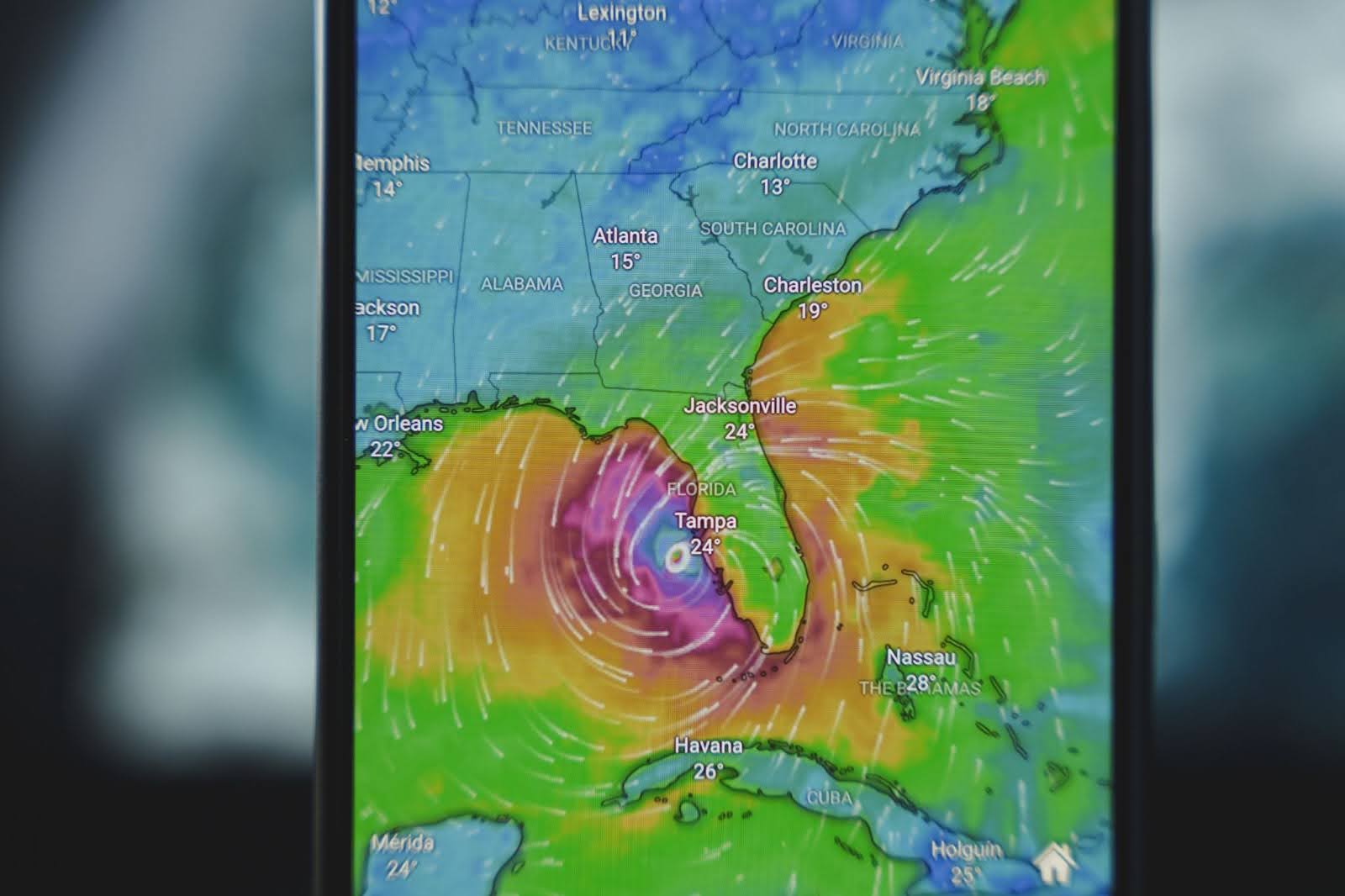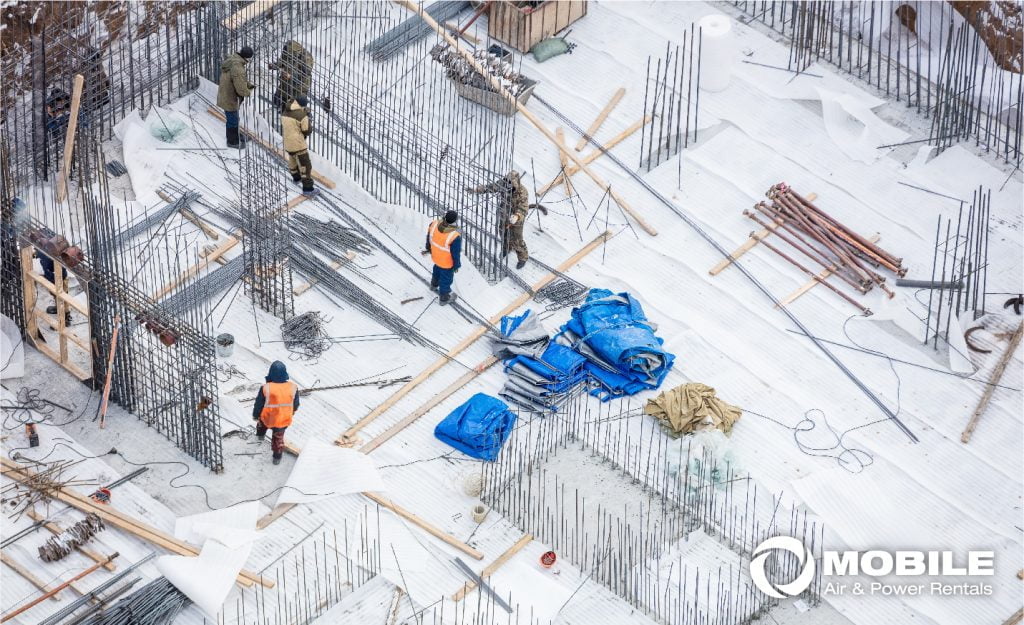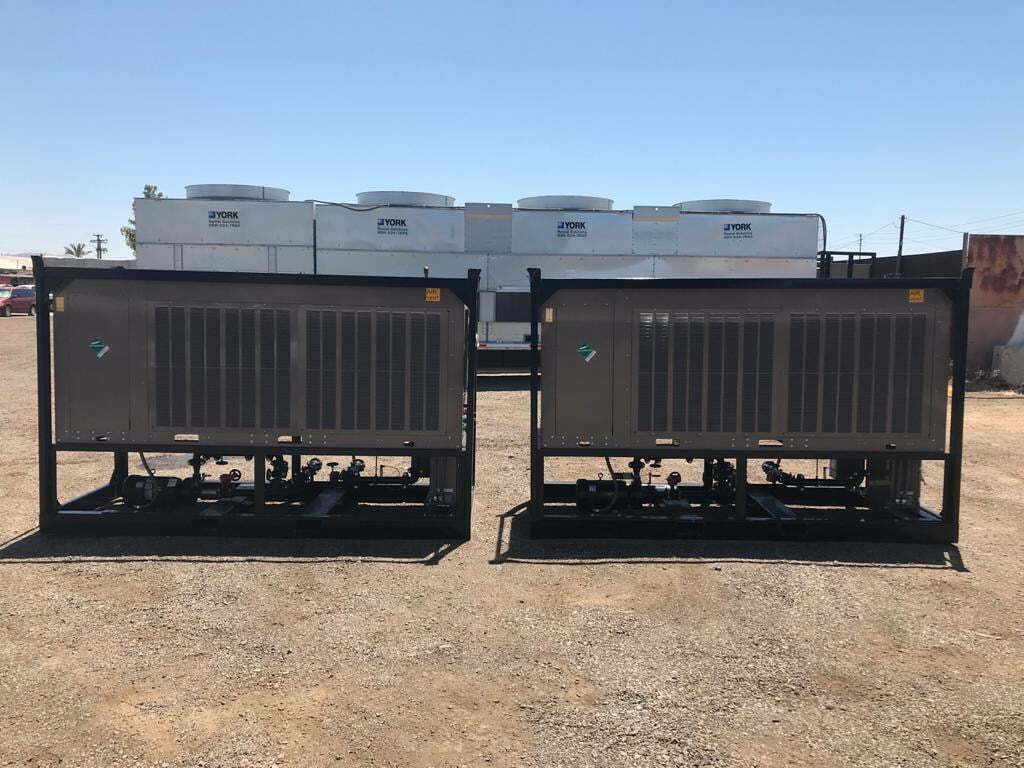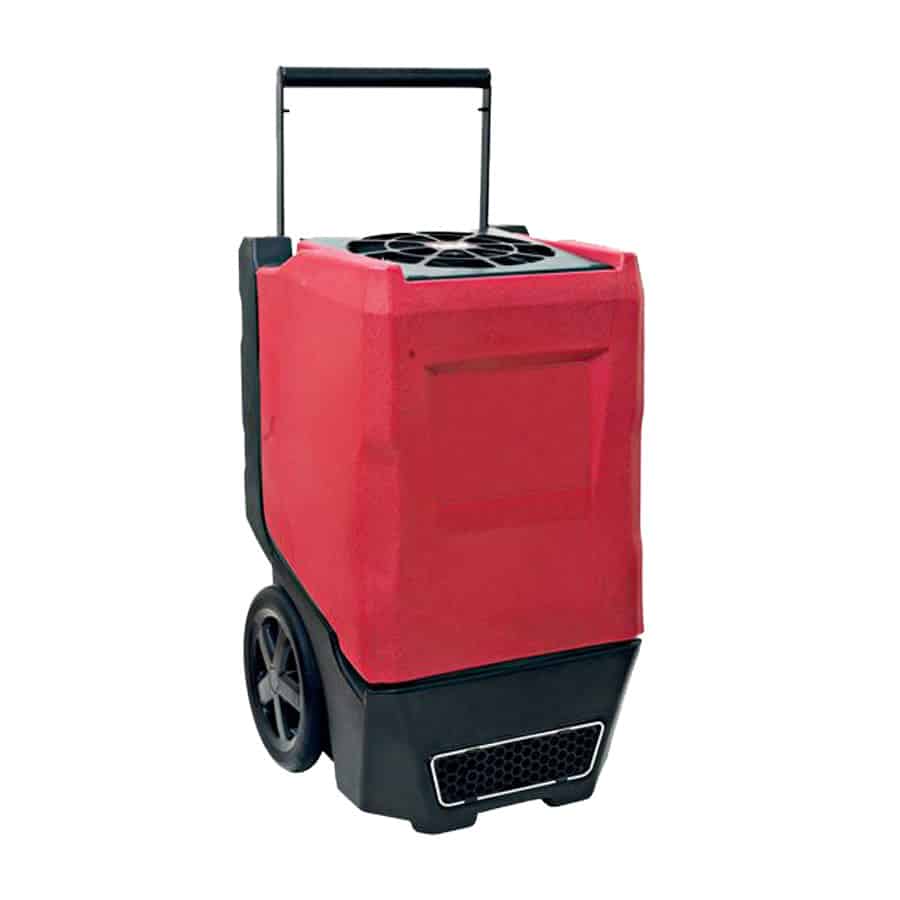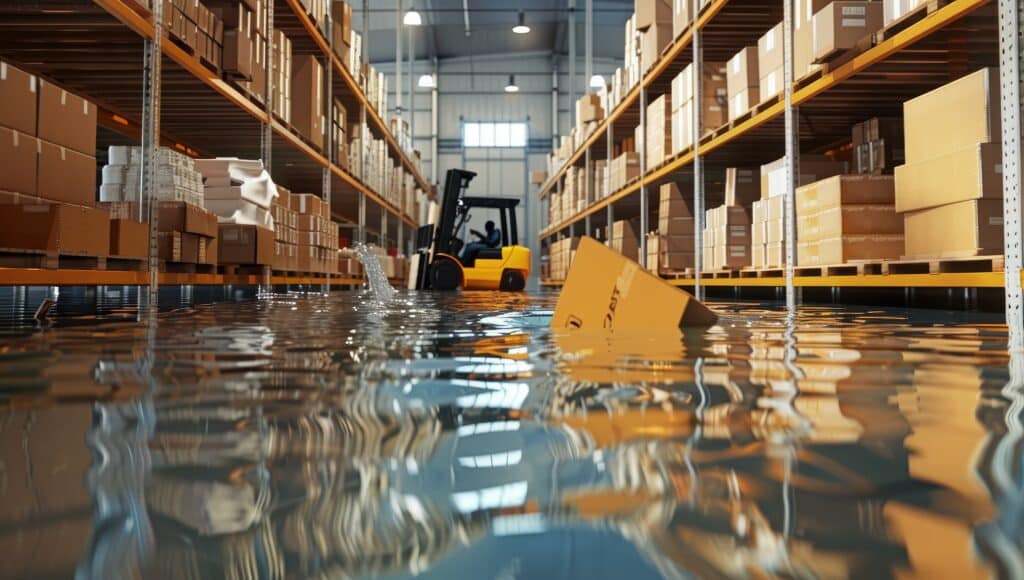Hurricane Prep for Florida, North Carolina, and South Carolina
In Florida, North Carolina, and South Carolina, hurricane season peaks in August and September. Within hours, facility operations can be completely disrupted by these strong storms. Before hurricanes arise, rather than after weather warnings start, astute facility managers set up backup systems.
August marks the start of peak hurricane activity when warm ocean temperatures fuel stronger storms. Facilities that wait until storm warnings to secure backup equipment often find themselves without options. The hurricane season facility checklist approach helps managers prepare systematically for these predictable threats.
Impact of Hurricanes on Facility Operations
Power outages represent the most immediate threat to facility operations. Hurricanes routinely knock out electrical grids for days or weeks. Without backup power, refrigeration fails, data centers overheat, and production stops completely. Florida generator rental for storms becomes a lifeline when utility power disappears.
Equipment failure follows closely behind power loss. Hurricane winds and flooding damage outdoor HVAC units regularly. Even a minor storm surge can destroy compressors and electrical components. Interior humidity levels spike when climate systems fail, creating secondary damage to inventory and equipment.
Indoor air quality deteriorates rapidly during hurricane conditions. High humidity promotes mold growth within 24-48 hours. Buildings that lack adequate ventilation become unfit for use and unhealthy for their residents. When major systems fail, emergency cooling and power solutions help keep interior spaces safe.
Checklist for Facility Managers
To simplify everything, here is a quick checklist and further explanation of each to help facility managers navigate the process:
- Conduct a full HVAC system review: note age, condition, and redundancy gaps.
- Map critical areas that would be most impacted by cooling loss.
- Determine exact backup power needs for production, refrigeration, and safety systems.
- Verify generator sizing aligns with actual operational loads.
- Identify reliable rental providers with rapid, local response capabilities.
- Confirm 24/7 availability and pre-storm equipment positioning.
- Test all backup equipment: generators, transfer switches, and fuel systems.
- Train staff on setup, operation, and emergency procedures for temporary HVAC and power systems.
Assess HVAC vulnerabilities before hurricane season begins. Document the age and condition of outdoor equipment. Identify which systems lack redundancy and which areas would suffer most from cooling loss. This assessment guides rental equipment planning and helps prioritize protection measures.
Identify backup power needs for your specific operation. Calculate minimum power requirements to maintain production, refrigeration, and safety systems. Generator rentals North Carolina facilities require that they match actual power loads, not just nameplate ratings. Oversized generators waste fuel while undersized units fail when needed most.
Secure a rental provider with rapid response capabilities. Regional providers understand local storm patterns and maintain equipment inventories nearby. Emergency HVAC rental South Carolina services should include 24/7 availability and pre-storm positioning. Emergency HVAC rentals provide the reliability needed when storms threaten operations.
Test and prep equipment before storms approach. Verify that generators start reliably and transfer switches operate correctly. Check fuel supplies and delivery arrangements. Temporary HVAC for hurricane prep should include setup procedures and operator training for facility staff.
Renting vs. Buying for Emergencies
Cost savings favor rental over purchase for emergency equipment. Generators and HVAC units designed for emergency use cost tens of thousands of dollars. Rental agreements provide access to industrial-grade equipment without major capital investment. Maintenance and storage become the rental company’s responsibility.
Flexibility allows facilities to match equipment exactly to current needs. Rental inventories include various sizes and types of equipment. Facilities can scale up or down based on actual storm threats rather than committing to a fixed capacity. Disaster recovery HVAC and generator solutions adapt to changing circumstances.
When hurricanes are approaching, speed is important. Rental businesses keep trained installation teams and equipment that is ready to use. Compared to emergency purchases, which need to be ordered, delivered, and set up by unskilled staff, generator rentals arrive more quickly.
Mobile Air’s Rapid Response Capability
Equipment availability throughout the Southeast supports rapid deployment. Mobile Air serves the Atlantic, North Florida and South Florida regions with strategically positioned rental inventory. Pre-positioned equipment reduces deployment time when storm warnings activate emergency plans.
Logistics capability includes trained crews and specialized delivery vehicles. Hurricane response requires navigating damaged roads and working in challenging conditions. Florida service area coverage includes experienced teams who understand regional infrastructure and storm response procedures.
Support continues throughout storm events and recovery periods. Hurricane HVAC rentals Florida include ongoing maintenance and fuel delivery services. Mobile Air provides 24/7 emergency response services and turnkey rental solutions that keep operations running while permanent repairs proceed.
Get Planning
Hurricane preparedness requires proactive planning rather than reactive scrambling. Facilities that develop comprehensive backup plans before storm season starts maintain operations while competitors struggle with outages. Hurricane disaster response services provide the expertise needed to weather any storm.
Contact MAPR today or call (888) 305-3038 to begin your hurricane preparedness!
